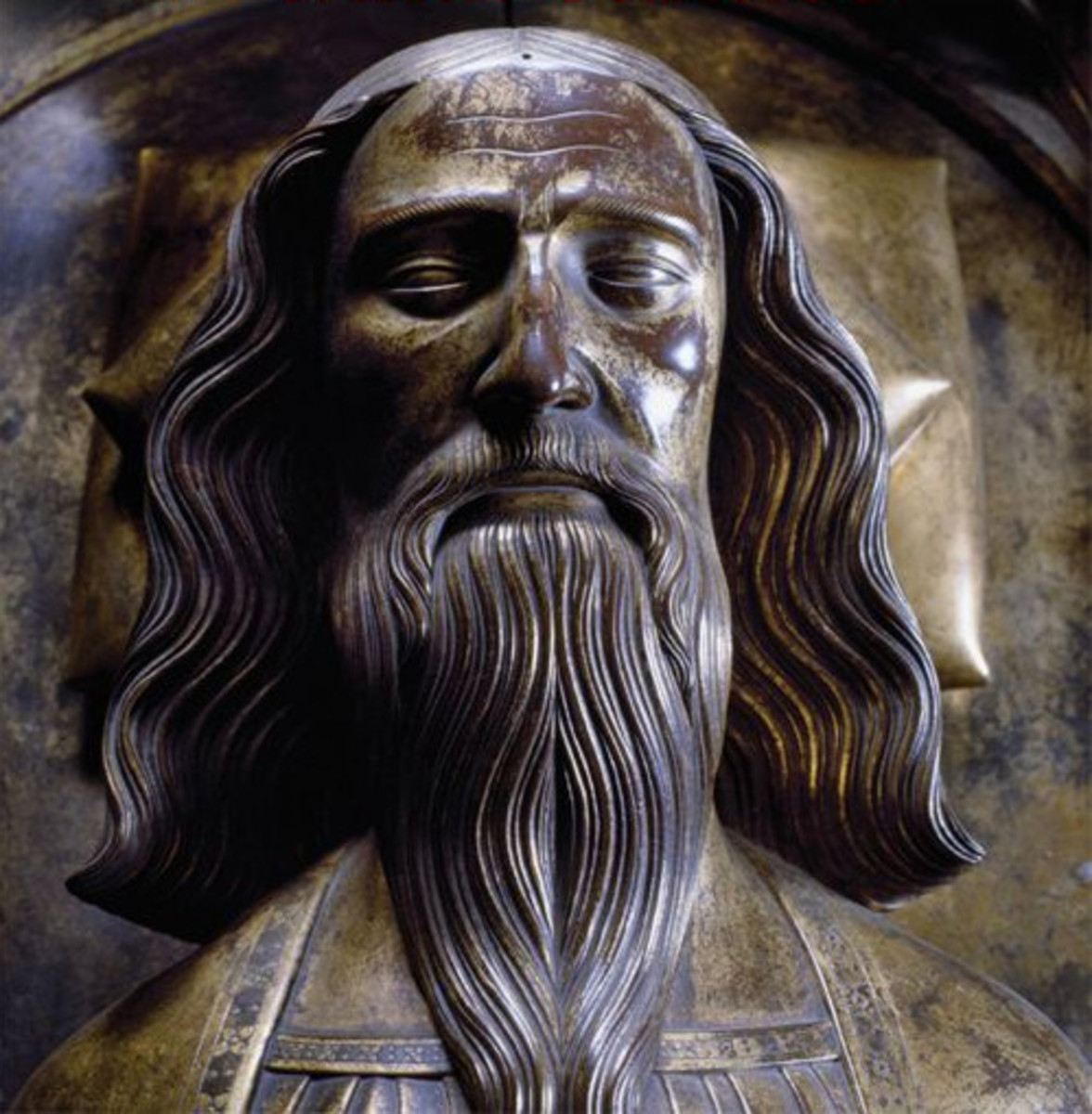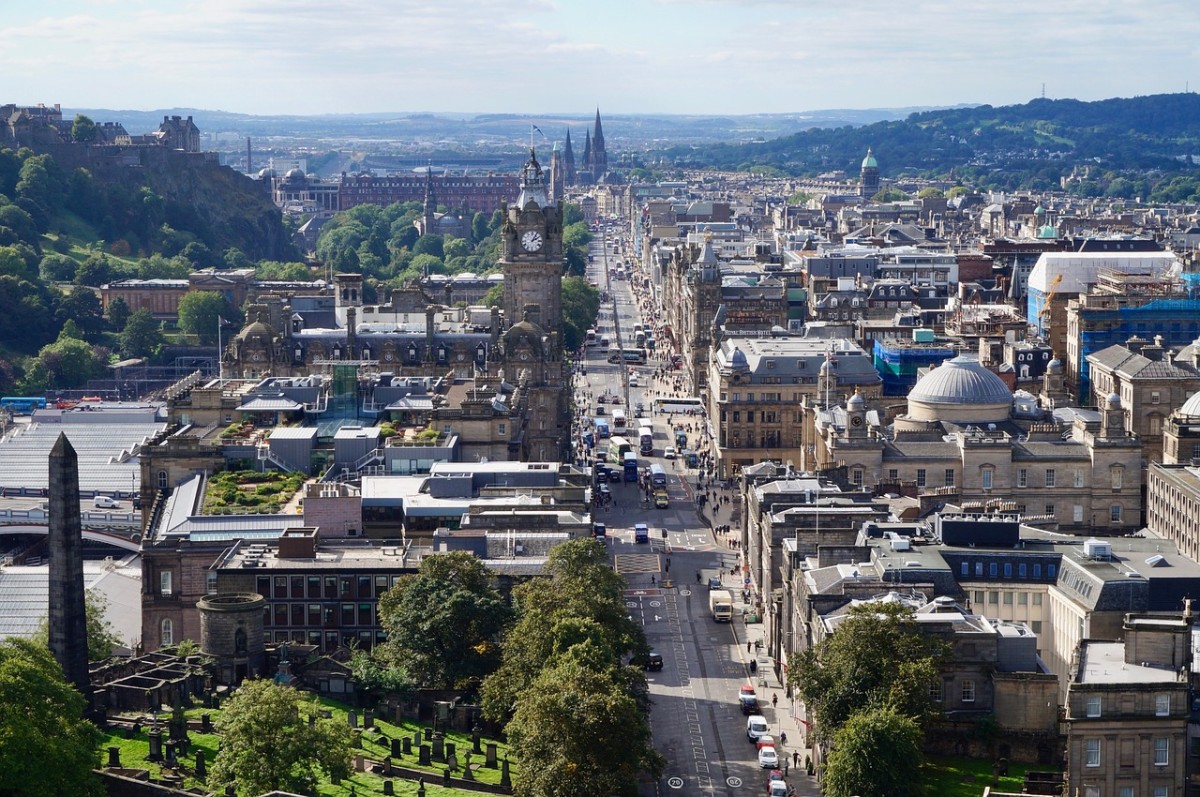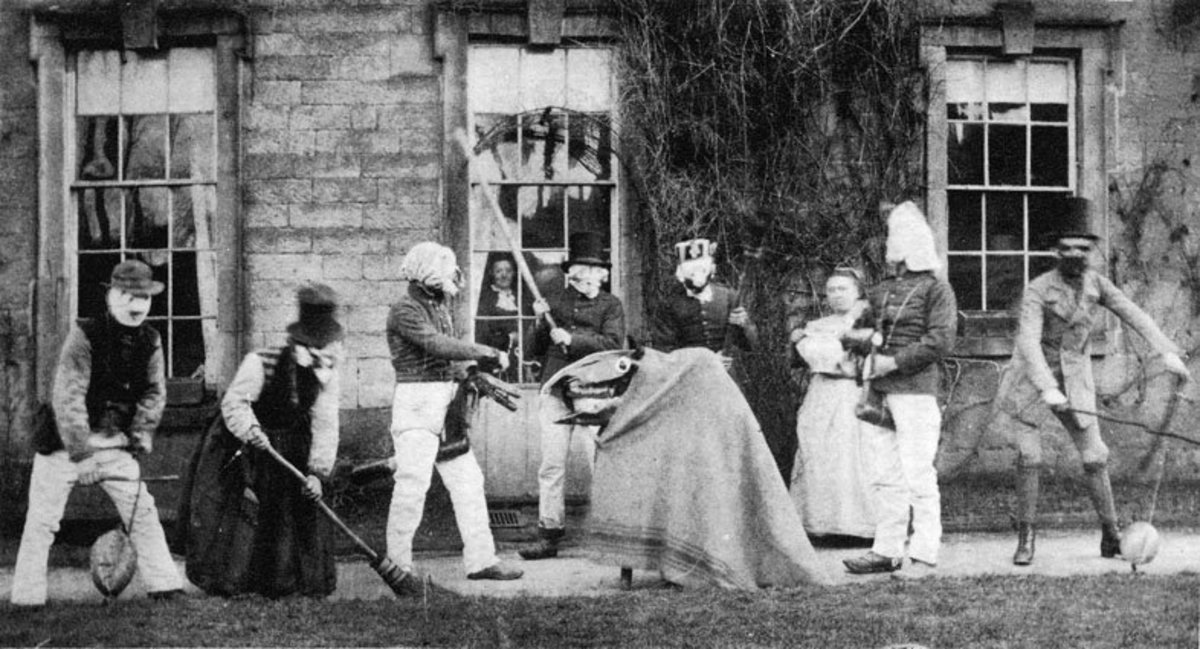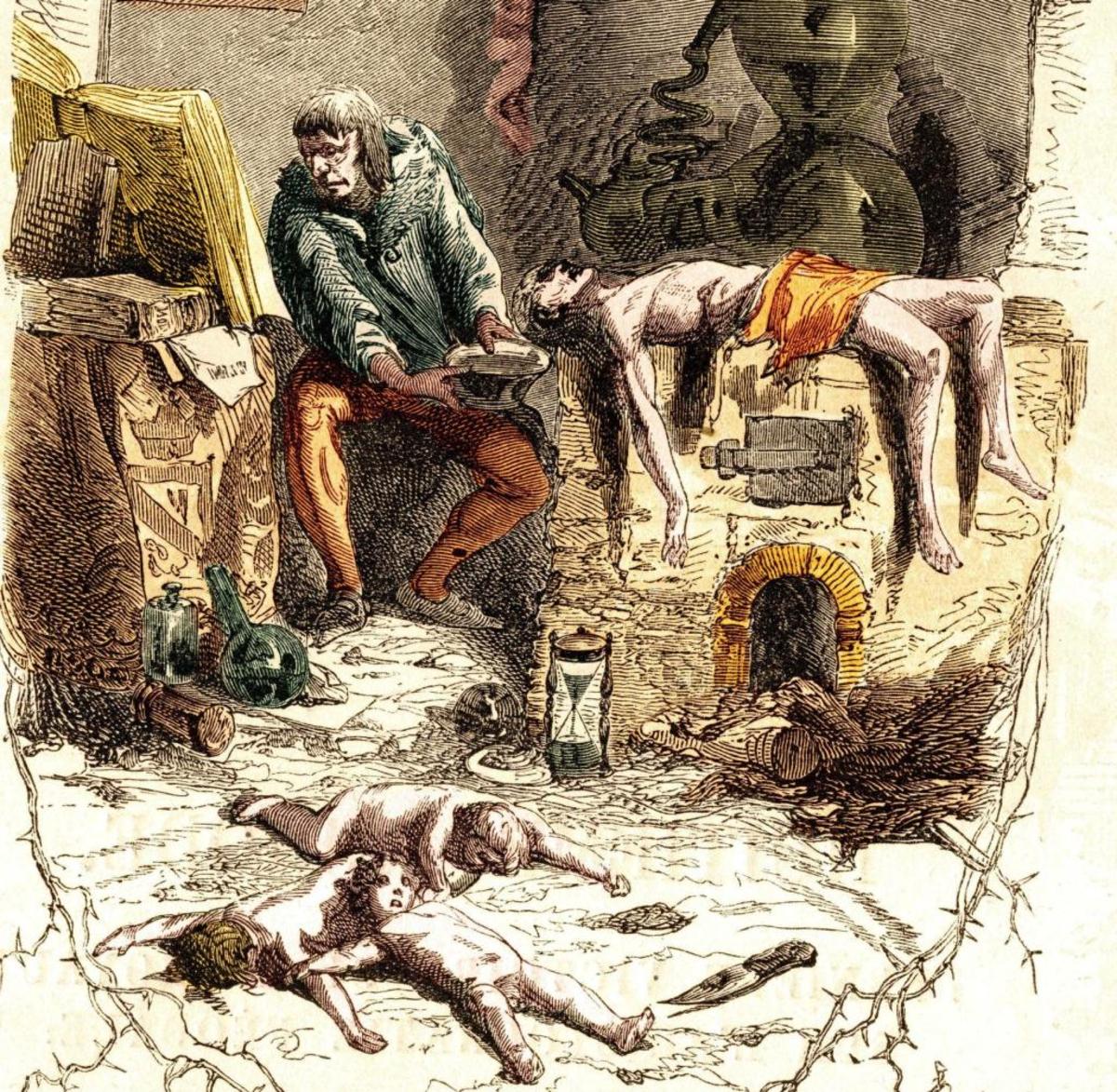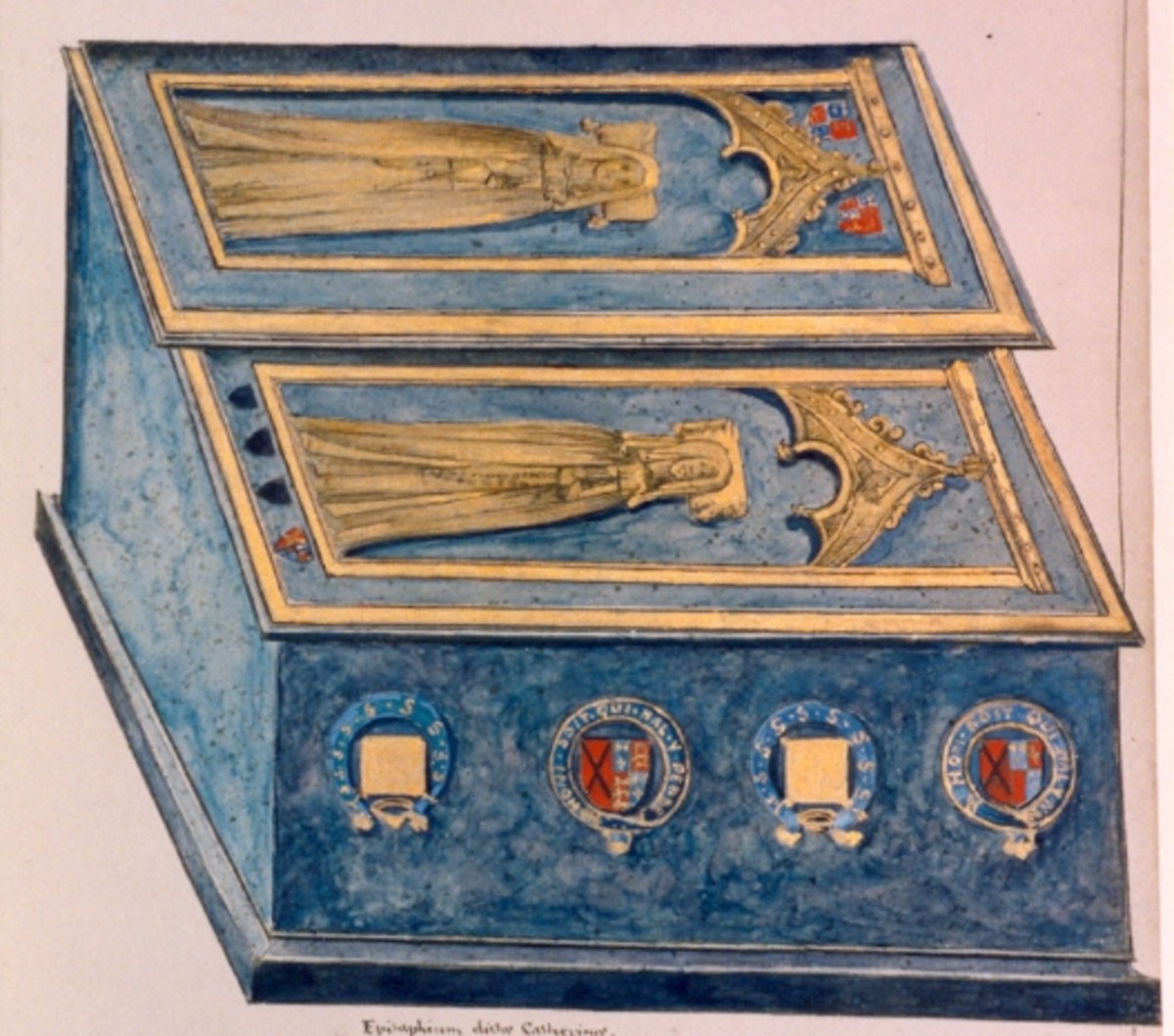The Legend History Of Chillingham Castle
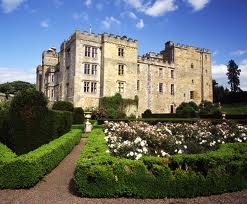
Chillingham Castle, a medieval Castle in the village of Chillingham, is in the Northern part of Northumberland, England. It was the seat of the Grey Family and their descendants the Earls of Tankerville from the 13th Century until the 1980s. The caste was originally a monastery in the late 12th century in 1298, King Edward I, or Edward Longshanks, stayed at the castle on his way to Scotland to battle a Scottish army led by William Wallace. A glazed Window in a frame was specially installed for the King, a rarity in such bells at the time. The Chillingham Wild Cattle occupy land adjacent to the castle, formerly owned by the Sir John Knott Trust, know owned by the Chillingham wild Cattle Association.
The Castle occupied a strategically important location in medieval times; it was located on the border in medieval times, it was located on the border between two feuding nations. It was used as a staging post for English armies entering Scotland, but was also repeatedly attacked, and besieged by Scottish armies and raiding parties heading south. The site contained a moat, and in some locations the fortifications were twelve feet thick. The building underwent a series of enhancements, and in 1344 a license to crenellate was issued by King Edward III to allow battlements to be built, effectively upgrading the stronghold to a fully fortified castle, of quadrangular form. In 1617, James I, the first King of both England and Scotland, stayed at the Castle on a journey between his two kingdoms. As relations between the two countries became peaceful following the union of the crowns, the need for a military strong hold in the area declined. The castle was gradually transformed, the moats filled and the battlements were converted into residential wings. A banquet hall and a library were built.
In the 18th and 19th Century the grounds underwent landscaping, including work carried out by Sir Jeffrey Wyatville. The once extensive park now under a separate ownership from the castle is home to the famous Chillingham wild Castle. During WWII, the castle was used as an army barracks. During that time, much of the decorative wood is said to have been stripped out and burned by the soldiers billeted there. After the war, the castle began to fall into despair. Lead had been removed the roof, resulting in intensive weather damage to large parts of the building. In the 1980s the castle was purchased by Sir Humphrey Wakefield, 2nd Baronet, whose wife Catherine is remotely descended from the Grey's of chillingham. He set about a painstaking restoration of the Castle. Has been aired on such television shows, "Most Haunted", "I'm Famous", to “Frightened", "Scariest Places on Earth", "Holiday Showdown" and "Ghost Hunters International". The most famous ghost of the cast is the "blue" or radiant boy. According to owners, it used to haunt the Pink Room in the Castle. Guests supposedly reported seeing blue flashes and a blue "halo" of light above their beds after a bud wail. It's claimed the haunting ceased after renovation work revealed a man and a young boy inside a 10 foot thick wall.
Documents dating back to the Spanish Armada were also found within the wall. When the bodies had been found, small were marks were found etched on the boy and had been examined. Experts found the tops of his fingers on his bones had been worn down. This had lead people to believe the boy had scratched at the wall so hard to escape he destroyed his own fingers. The owners also claim that the ghosts of John Sage, a former torturer, and of Lady Mary Berkeley haunt the castle. John Cage was also known as "Drag Foot" due to the fact he had ligaments torn in one foot from a previous battle with the Scottish which made his foot useless and unliftable. Guests report hearing screams for help and doors slamming mysteriously. Some say it is said to be the man found in the brick wall. The history of the castle actually goes back quite a ways, when Chillingham Castle was first built. It was not a complete castle; it has been built as a tower in the twelfth century. It was used as a viewpoint of sorts to watch the borders of Northumberland. Several notables in history have stayed at the castle such as King Edward I, King Henry III, King James VI of Scotland. The Torture Chamber is perhaps one of the best known features of Chillingham. Children, women and men of all ages breathed their last and then foul smelling rooms of the dungeon. Most of majority of the prisoners were Scottish captives. Held and tortured in the depths of the castle, it's known that in several rooms above the yells of those being below could be heard. The torture chamber had consisted of a chock full of various and equally horrible devices. From an iron maiden, a rack, thumb crews, boiling pot, a chair with legal spikes on the seat, branding irons, items used to gouge eyes out, a bed of nails , leg irons, chains man traps and an oubliette to name some. Back then, you would see the remains of the last person that had been thrown into the oubliette.
Visitors to the castle can look through the gate and down in the hole and see them. The torture chamber floor was built on a slant. The reason they built on a slant was so blood and other fluids that would flow down into a trench and one end of a room. It's said that for at least three years the torture chamber had up to 50 persons were killed each week. In the torture chambers, one can imagine the smell of rotting bodies as well as the stagnant pools of bodily fluid that filled the air into the depts. of Chillingham Castle when the dungeon and torture chamber was being fully used. No windows to breathe. Anyone visiting the castle will see the gates that look quite impressive. The gats help to hide the castle from the road, and to protect it when closed. You may encounter one ghost on the other side of the gate. Back then there was a time when the drive from the gates to the castle had decaying bodies scattered along it. The bodies, being of Scots attacks and killed, were left there, and bone fragments can still be seen littering the driveway. They basically had left it there as a warning to all foolish enough to try to enter over Chillingham Castle. Along this drive, known as Devil’s Walk, you will also meet the ghost of John Sage, the heat torturer. He accidentally killed his girlfriend while they were making love on the rack, which if you can imagine, would be pretty gruesome. Since the girlfriend had connections, a mob attacked John Sage; they strung him in one of the trees on Devil's Walk. The mob then proceeded to literally pull the man apart while he was still alive. The Edward Room is said to be one of the most active rooms into the entire castle. Named after King Edward I, it was the highest rooms in the castle, purposely built high above the sounds and smells coming from the dungeon below. The room has a chandelier that is seen to swing by itself, even though it is a heavy fixture.
There are many great ghosts in Chillingham Castle. The Great Hall leads into the Chapel and the Minstrels Gallery. The Great Hall has a long hall with great artifacts on the wall. There is a life size statue of a horseman on his horse. There is a huge stuffed elephants head with chain mail elephant armor on, and there is an also a tapestry with a skull beneath it. People have experienced strange things near the tapestry, whether it be cold spots, to noises, from the courtyard, figures are often seen passing windows of the great hall when no one is actually in there. The skull is also known to move around the room but never leaves it. One of the readers recommended Chillingham Castle for investigation; they had visited the castle several months ago and had taken many photos. When the photos were developed they had noticed the strange ghostly presence that sat in the chair on the back of the hall.
The minstrels Gallery is a balcony over looking what is now used as the Tea Room. People have been pushed down the stairs, while being on the balcony, and even suffering from headaches and a feeling of nauseas to the the point of vomiting. The story of the Tea room was that it had been excavated on a giant toad like creature, which came through the wall before taken form of a human and then disappeared and now haunts the castle. In the Chapel, people come here to pray to their God. Before going to kill Scotts or torture them , this was a place of total hypocisy on the wall, where flags that would have been taken to battle. A huge sword, a spirit bell, crucifixes, paintings of many the mother of Christ. The Chapel was recently excavated and relics and human bones had been found under the floor boards. Cameras didn't often work during this discovery and batteries would drain of power in the room, to other people have finding orbs and other things they couldn't explain.
The Edward Room, which is also called the Killing room, is on the top floor of the Castle. All the way around the floor of top of the room runs a balcony. In the room, is a suit of armor holding a two handed sword. On the walls hangs weapons such as swords and pikes and a helmet. There is a lot of cow horns and flags on display and the documents that were founded walled up with a boy in the Pink Room (which is closed to the public). The Blue Boy or as many known, the Radiant boy, found some documents to be given to the Spanish from the artistocrat who owned the castle at the time to help them defeat the Armada. The boy was walled up alive with the documents and the boy was found in the 1920s, along with some blue cloth from his clothes, hence his nickname. It's reported you can hear his cries of agony and fear when the hour of midnight strikes. The noise of cries always centers from the Pink room. The nosies are usually traced to a spot near a passage cut through a ten foot wall. When the wails die away, a bright halo of light sometimes appears around the old for poster bed. Anyone sleeping in the bed would see the figure of the boy dressed in blue, surrounded by light, gently approaching them. He is the most famous ghost of the castle and friendliest towards the public.
The history and richness of Chillingham Castle has a great deal of heaviness and much emptiness as the same time. From the cruel and unusual treatment from the torture chambers to the depths of the smells I can only imagine the grueling fouls in my heart today. The history itself is purely fantastic, and history of ghosts and paranormal which goes back to the beginning of time, just intrigues me more to know about this castle and more.

